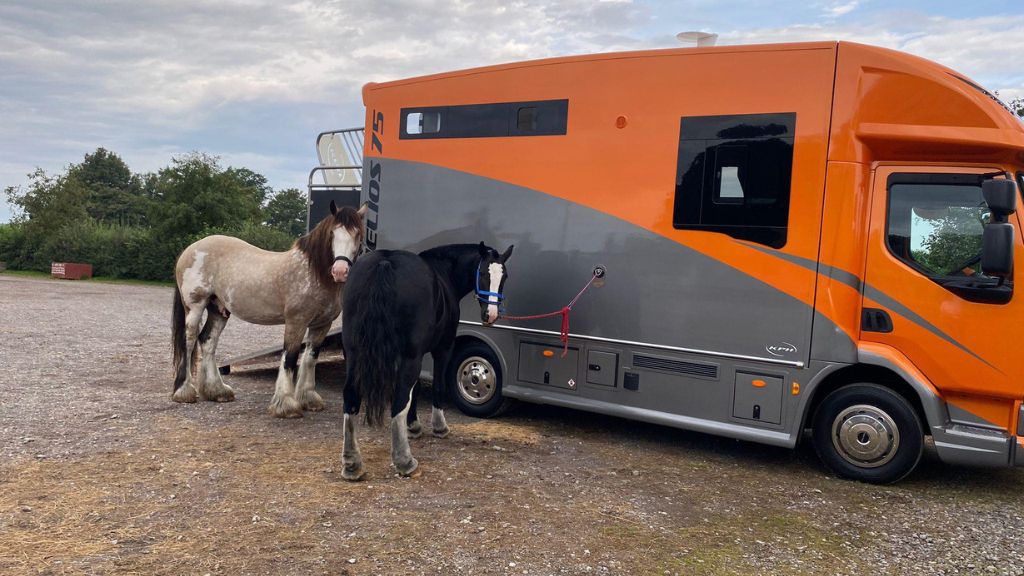KPH Safety First
As a forward-thinking company, we continually strive to manufacture quality horseboxes that are safer, reduce stress and have increased durability.
The KPH innovative safety designs have many years of research and development behind them.
Over the next few months, we will post some of our research topics including insights, and considerations that we use to design safer horseboxes
Hopefully, these topics will be something horse owners will find insightful and interesting.
3. Horses and Vibration
We know from general studies that vibrations play a major role, causing stress to horses and other animals in transit. Horse transit stress has a negative impact on health and performance, and can increase the risk of colic, gastric ulcers dehydration, transport fever and heat stroke.
There is little original research relating specifically to vibration and the affect it has on horses. We therefore adopted a catch all approach. The goal being to remove, or at the very least, reduce vibration in all aspects of the build.
Our Research Findings
Most of the studies completed on vibration are on humans, where there are standards that were used to evaluate exposure to whole body vibrations. It has been attempted to apply results from human vibration testing and responses to horses. However, the differences in body mass, stance and morphology mean that it is unknown whether applying the optimum ranges of allowable vibration in humans would work with horses. Perhaps of some significance to the topic of vibration, some studies on humans and the potential harmful effects of vibration from delivery wagons and tractors, suggest that repeated or long term exposure to vibration may have negative effects on health; fatigue, loss of balance, blurred vision, hearing loss and many other symptoms.
Historically, we know horses are sensitive to vibration and movement in transit. They spend long periods standing between stops and often brace themselves for cornering or braking throughout the trip. Horses are super sensitive to noise and typically internal horse area noises come from transferred vibrations from the road, suspension, and body.
Designing the horse area in our horseboxes
Vibration sources can vary wildly so each aspect of the body needed careful consideration. Suspension, tyres and running gear need to be in optimal working order and there is little we can do to improve them. However, where we can, we opt for rear air suspension on the bigger chassis and we have made air suspension standard on our Aeos 4.5 tonne range. Air suspension reduces sway, braking distance, and vibration.
Tack lockers and doors are now insulated to remove sound and vibration.
Vehicle subframes are a major contributor to vibration, therefore we isolate them from the chassis using vibration, impact, and shock resistant adhesive.
Vibration and sound (previous blog) go hand in hand and by swapping bolts, rivets and other mechanical fixings to the latest glues and body tapes we removed up to 40% of sound and vibration from the structure of our build.
Transferred sound and vibration from the wheel arches and the horse floor has been reduced considerably by using our Coat-X polyurea coating.
Horse partitions and gates typically rattle and vibrate. Our latest designs have almost totally removed this.
Unaswered Questions…
Although we have addressed vibration in each aspect of the build, there are still areas where improvements can be made.
Various tack including hanging bridles can swing and vibrate, how does anyone with horses address this?
Hay net and tie rings that are not in use can vibrate continually whilst in transit. Are there better alternatives?
From experience we know some tyres are quieter than others, transmitting less vibration and road noise. Is there a manufacturer and model that stands out in any significant way?

